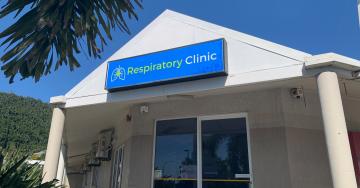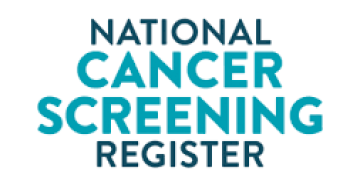How can we help you today?
Access information about your patients’ participation in the National Cervical Screening and National Bowel Cancer Screening Programs through the National Cancer Screening Register (NCSR).
Use the NCSR Healthcare Provider Portal to:
- check a patients’ bowel and cervical screening history
- lodge clinical forms relating to both programs electronically
- order patients a new bowel testing kit.
The BreastScreen Australia program is a national free breast cancer screening program. Women, and people with breasts, aged 50 to 74 should be screened every two years.
Useful resources
The National Bowel Cancer Screening Program (NBCSP) aims to reduce deaths from bowel cancer by detecting the early signs of the disease. Eligible Australians complete a free, simple test that is done at home every two years. The program is available to Australians aged 50 to 74 who have been identified from Medicare records.
From 1 July 2024, people aged 45 to 49 can join the program and screen for free by requesting their first free kit be mailed to them. All eligible people aged 45 to 74.
The program now operates two models to help increase screening participation:
- mail-out model – kits are mailed directly to eligible people by the National Cancer Screening Register
- alternative access to kits model – healthcare providers give kits directly to eligible people, explain why the test is important and demonstrate how to do it.
A hot zone policy exists for hotter areas of Australia, where participants are sent the kit in the cooler months of the year. For participants in hot zones, practitioners can still give them a kit if they see a clinical benefit.
The National Bowel Cancer Screening Program is a Commonwealth Department of Health and Aged Care program and is supported by the National Cancer Screening Register.

Useful resources
The National Cervical Screening Program (NCSP) aims to reduce illness and death from cervical cancer. Women and people with a cervix aged 25 to 74 years of age are invited to have a Cervical Screening Test every five years.
Self-collection
You may be more familiar with the term Pap smear. But the cervical screening test has replaced this and is more effective, with a cervical screening self-collection option now available to eligible participants.
Self-collection allows patients to take their own vaginal sample for HPV testing, offering a more accessible and equally effective method for detecting potential issues such as CIN2+, adenocarcinoma in situ, and oncogenic HPV compared to the conventional clinician-administered test. For more information about self-collection, visit the Australian Centre for the Prevention of Cervical Cancer’s (ACPCC’s) FAQ on self-collection or the Australian Government Department of Health and Aged Care’s page on self-collection.
To address inequity and additional barriers to screening two new self-collection campaigns have been launched, Own It and the Screen Me. The ‘Own It’ campaign aims to promote patient choice in cervical screening, particularly the option of HPV self-collection for women and people with a cervix who are Aboriginal and/or Torres Strait Islander, multicultural, LGBTQIA+, living in regional or remote areas. The Screen Me Campaign is designed for women and people with a cervix living with a disability.
Useful resources
In Australia, lung cancer is the fifth most common cancer and the leading cause of cancer death. In 2024, the AIHW estimated there will be 15,100 new cases of lung cancer and almost 9,000 deaths.
The Australian Government is currently preparing health professional and consumer information materials and health professional online education which will be available on the NLCSP website prior to the Program commencing in July 2025. The education will offer Continuing Professional Development points.
GPs will have an important role in the program, as they will assess eligibility and refer people eligible for screening to have an LDCT scan.
To raise awareness across the health workforce, and support practices’ preparations for the new NLCSP commencing from July 2025, there are three things that primary care practices can do now to prepare:
- Review information about the program on the Department of Health and Aged Care’s website at www.health.gov.au/nlcsp
- Register and integrate with the National Cancer Screening Register (NCSR). More information can be found on the NCSR website, including links to user guides and walkthrough video guides.
- Identify patients who could be eligible from July 2025. This includes reviewing and updating smoking history in clinical patient records.
To address the incidence and mortality rates associated with lung cancer, eligible people aged between 50-70 years will be able to participate in the NLCSP using a low-dose CT scan, following shared decision making with their health care provider.
People will be eligible to participate in the program if they:
- are aged 50-70, and
- show no signs or symptoms suggestive of lung cancer (for example persistent cough, coughing up blood, shortness of breath), and
- have a history of at least 30 pack-years of cigarette smoking and are still smoking, or
- have a history of at least 30 pack-years of cigarette smoking and quit in the past 10 years.
The program is an Australian Government initiative being implemented in partnership with the National Aboriginal Community Controlled Health Organisation (NACCHO) and Cancer Australia.








